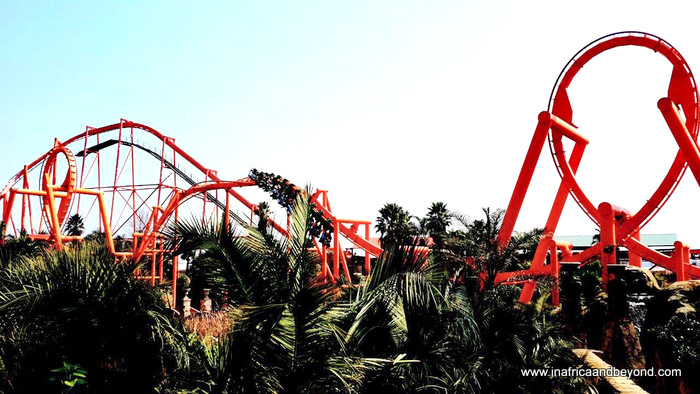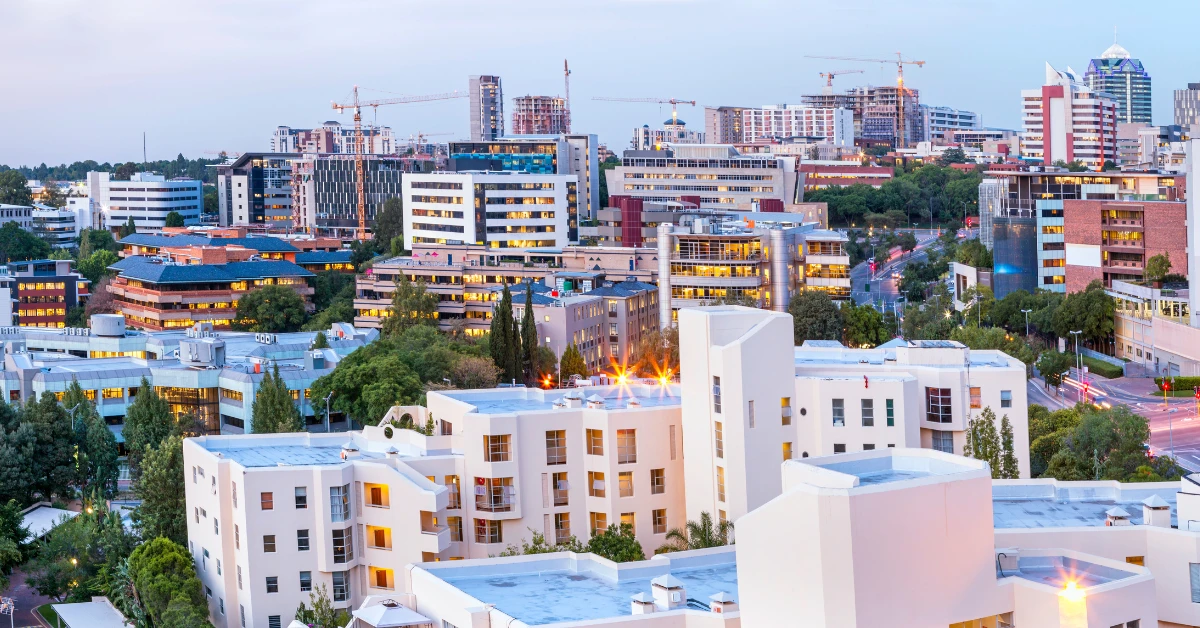Not known Details About Johannesburg North Attractions
Not known Details About Johannesburg North Attractions
Blog Article
Some Known Details About Johannesburg North Attractions
Table of ContentsJohannesburg North Attractions Fundamentals ExplainedThe Main Principles Of Johannesburg North Attractions Excitement About Johannesburg North AttractionsThe 2-Minute Rule for Johannesburg North AttractionsJohannesburg North Attractions for DummiesWhat Does Johannesburg North Attractions Mean?
The city owes its place to the visibility of a a lot more valuable resource: gold. The city grew on the edge of the Witwatersrand Key Reef, a below ground stratum of gold-bearing quartz-silica empire that arcs for thousands of miles under the Highveld. Many of the gold mines in the city ceased operation in the 1970s, however in its day the Witwatersrand gold sector made up even more than 40 percent of the globe's annual gold production.Johannesburg has a warm climate. Summer temperatures average about 75 F (24 C); winter season temperatures average concerning 55 F (13 C) and just periodically dip listed below freezing. The city appreciates concerning 8 hours of sunlight per day in both winter and summer. Rain standards regarding 28 inches (700 millimetres) per annum, but the complete varies considerably from year to year.
What rain the city receives falls virtually solely in the summer season months, commonly in magnificent late-afternoon electric storms., where lots of residents still depend on coal for gas.

Some Known Incorrect Statements About Johannesburg North Attractions
The equilibrium of the city is occupied by whites. Accommodation differs in character and top quality.
Physical development, although somewhat limited by transportation, proceeded promptly as immigration to South Africa, and Johannesburg in particular, boosted substantially. This issue was addressed in the 1930s when the car was presented in automation to South Africa. Autos were, for the a lot of part, restricted to the wealthy, and permitted them to transfer to the north of the city and commute into the centre.
Most bad suburbs were blended, with poor blacks and whites living with each other, although the well-off residential areas were generally check it out booked for whites. This changed with the election of the National Party in the 1948 political elections, who started to formalise the system referred to as discrimination. Racism officially marked which residential areas each race can live in under the Group Locations Act.
The previous system of eleven phoned number regions was reorganised in 2006. Marshalltown, as seen from the top of the Carlton Centre. The M1 and M2 run behind the buildings, and the southern suburban areas expand past the freeway border. The internal city of Johannesburg is situated within the city's Area F. The number of people living Find Out More in the inner city on an informal basis is unidentified, as lots of are illegal immigrants. The joblessness, education and learning, and age profiles of the location are all unidentified, due to the problem of obtaining dependable information regarding the area.
The Basic Principles Of Johannesburg North Attractions
Centred on the CBD, the region consists of the residential areas of Yeoville, Bellevue, Troyeville, Jeppestown, and Berea to more helpful hints the eastern. To the west it spreads out to Pageview (Johannesburg North attractions) and Fordsburg. There are tiny industrial areas to the south, such as City West-Denver and Benrose. Around 800,000 travelers travel through the inner city on a daily basis, and it functions as a regional buying node for site visitors from the southerly residential areas. Yeoville and Bellevue have a mix of house structures and solitary domestic systems on little whole lots. The region lies on a hilly divide that runs from east to west. The most noticeable geographic function is Observatory Ridge, which is called for the huge observatory situated on it. The entertainment rooms are no more used, due to safety issues.

The Basic Principles Of Johannesburg North Attractions
R. Tambo International Airport Terminal). The eastern suburbs are some of the oldest locations of Johannesburg, there are large communities of Jewish and other European histories, most of the populace is English talking. There are three fairway in addition to a variety of safeguarded ridges with viewsites. There are several well-developed and up-market home entertainment and buying locations in the eastern such as the Eastgate Mall and the Greenstone shopping center.
Initially developed to house male migrant employees, lots of have been enhanced as homes for couples and families. The suburban area was not historically permitted to produce employment centres within the location, so practically all of its homeowners are travelers to other components of the city.
Johannesburg North Attractions Things To Know Before You Buy
The household locations in the north residential areas are mainly formal, with no significant areas of informal housing, or housing that does not have a permanent structure. This is a well established location, there is a pattern of land usage change from household to industrial, particularly along major arterial roads and around well-known nodes.
Roadways to the eastern and west are much less well established, as there are no freeways travelling in that direction. Towards the northern boundary of the city, the thickness of advancement decreases, leaving large locations of primitive land around Midrand.
Johannesburg North Attractions Can Be Fun For Everyone
, which is located on a hill overlooking the inner city and Hillbrow.
Report this page